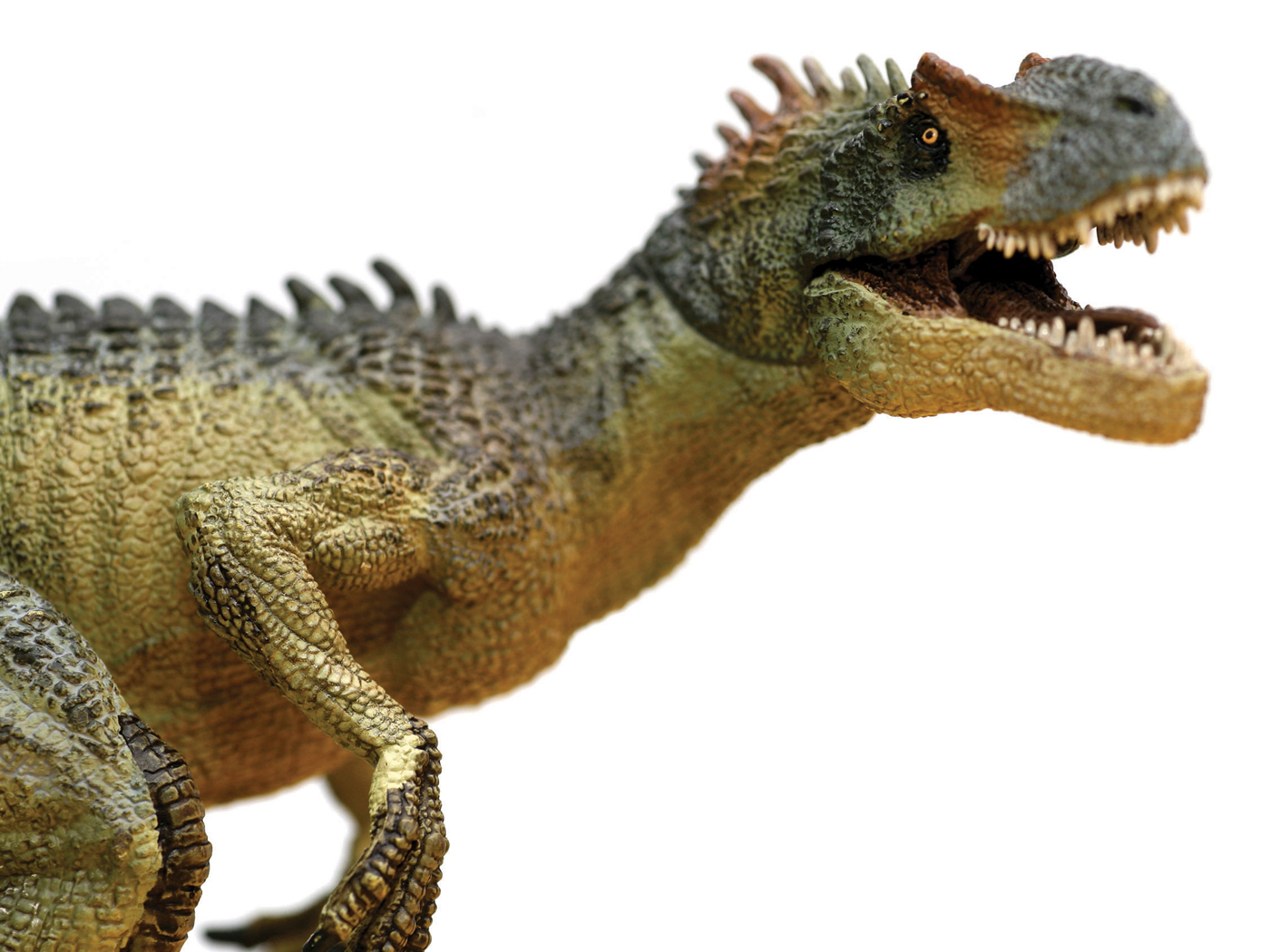New York City has become one of the largest epicenters of confirmed cases in the United States for coronavirus infections. Now, a new research study recently submitted and awaiting the peer review process shows that many of these infections showing up in New York were likely brought into the country from travelers who came in from Europe—not Asia, as originally thought.1 The researchers came to this conclusion by studying the DNA of the virus taken from confirmed cases. Harm van Bakel, a geneticist at the Icahn School of Medicine at Mount Sinai in New York City who co-authored the new study said, “The majority is clearly European.” A separate research group at the NYU Grossman School of Medicine arrived at strikingly similar conclusions studying a completely different group of cases. Both teams analyzed the genetic code of coronaviruses taken from New Yorkers starting in mid-March.1
When the coronavirus infects a cell, it hijacks the cell machinery to make more copies of itself. However, the copying process is quick and somewhat sloppy. As a result, newly produced coronaviruses can acquire new mutations in their RNA that wasn’t originally present. If the newly mutated virus is able to infect other people, the new strain of virus it produces will contain that mutation.
To track these viral mutations in a pandemic, scientists need to acquire hundreds of viral samples from infections and then determine the entire RNA sequence of each one which is 29,811 letters in length.2 The RNA differences can then be compared among the different samples using sophisticated computer programs. In the case of this new study, a mutation specific to a strain of the virus originating in Europe was found in both travelers coming into the country and its resulting spread in New York.
Early in the pandemic, many travelers came into the United States from Europe, but they didn’t show symptoms and were spreading the virus. Simultaneously, travel into the United States was largely only being restricted from Asia. This is because the first wave of genetic data indicated that the virus originated in China. Early research into the pandemic did not account for it having been spread to Europe from China in late 2019 and early 2020.
While many virus samples are genetically identical to one another, others carry specific mutations that allow scientists to track the spread of the pandemic. Specialized computer software allows these patterns to be visualized in a tree-like structure. The deepest branches of such a tree all point to the initial lineages originating from China. In late December 2019, China first began announcing that numerous patients in the city of Wuhan were being treated for the COVID-19 respiratory illness. Because there is a considerable amount of travel between China and Europe, the virus must have made its way into Europe early in its initial global spread.
While the coronavirus has affected a limited proportion of the global population, there is an even worse threat to the world that has affected everyone: the virus of sin. And we don’t even need genetics or sophisticated software to trace the origins of this deadly disease, because the apostle Paul tells us in the Bible, “Therefore, just as through one man sin entered the world, and death through sin, and thus death spread to all men, because all sinned.”3 As this scripture shows, sin entered the world through the rebellion of Adam and Eve, the first human couple created by God. Because of our sin, mankind has become separated from God and brought all sorts of evil, corruption, and misery into the world. But there is a cure. The apostle Paul also said, “For as in Adam all die, even so in Christ all shall be made alive.”4 By placing our faith in the Lord Jesus Christ who gave himself for our sins, we can be restored in our relationship with God the Father and have eternal life.
References
1. Zimmer, C. 2020. Most New York Coronavirus Cases Came From Europe, Genomes Show. New York Times. Posted on nytimes.com April 8, 2020, accessed April 14, 2020.
2. Sah, R. et al. 2020. Complete Genome Sequence of a 2019 Novel Coronavirus (SARS-CoV-2) Strain Isolated in Nepal. American Society for Microbiology – Microbiology Resource Announcements. 9 (11): e00169-20.
3. Romans 5:12.
4. 1 Corinthians 15:22.
*Dr. Tomkins is Life Sciences Director at the Institute for Creation Research and earned his doctorate in genetics from Clemson University.







